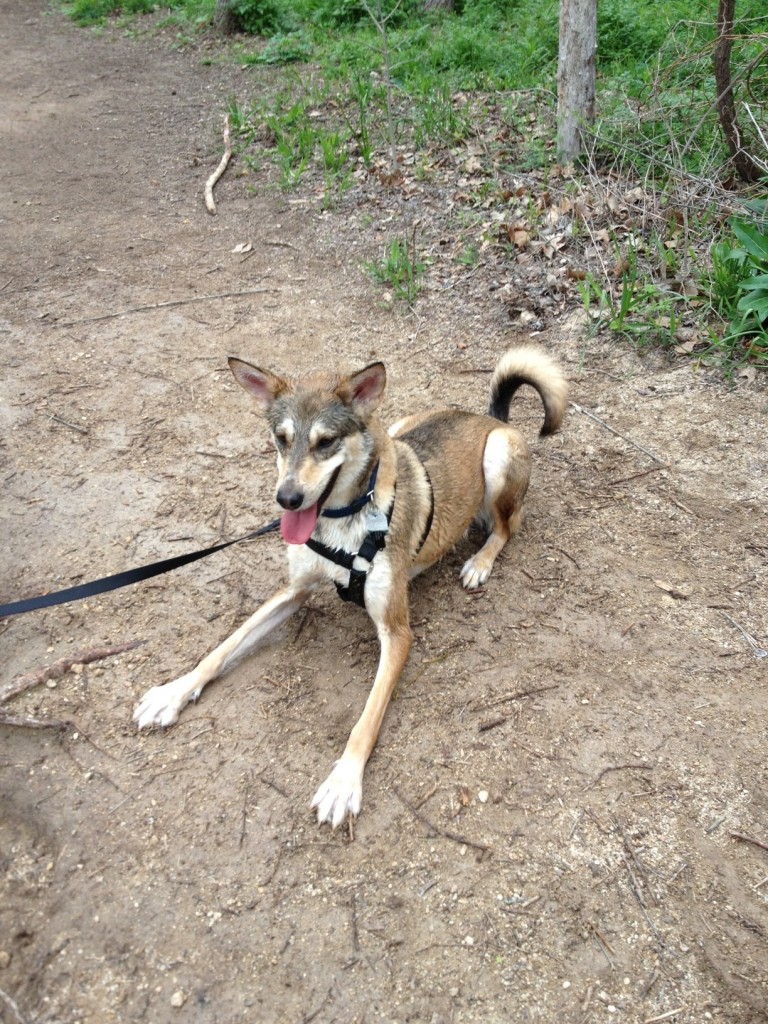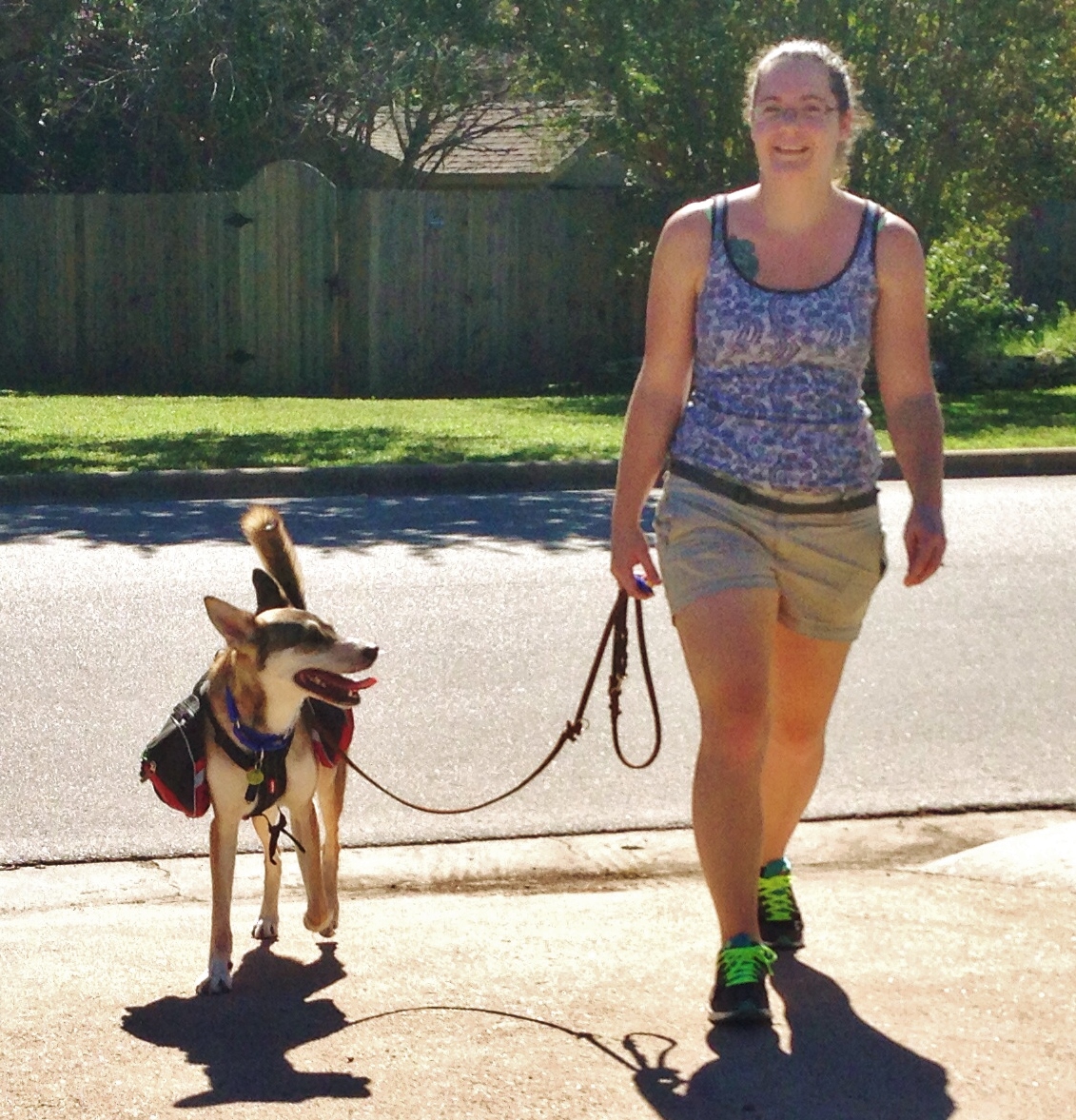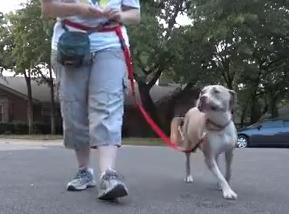 I recently attended a weekend long seminar by Suzanne Clothier. She is so wise when it comes to understanding dogs and she is a strong believer in putting responsibility on the dog to work with you. This weekend I came to the realization that positive reinforcement training can become a crutch for some dogs. As a positive reinforcement based trainer, I can see how my pro-activeness when it comes to working with my reactive dog or new puppy can handicap them instead of teach them how to work through their problems or challenges. It’s similar to the over bearing mother who won’t let her child make a mistake.
I recently attended a weekend long seminar by Suzanne Clothier. She is so wise when it comes to understanding dogs and she is a strong believer in putting responsibility on the dog to work with you. This weekend I came to the realization that positive reinforcement training can become a crutch for some dogs. As a positive reinforcement based trainer, I can see how my pro-activeness when it comes to working with my reactive dog or new puppy can handicap them instead of teach them how to work through their problems or challenges. It’s similar to the over bearing mother who won’t let her child make a mistake.
All positive training all about setting your dog up for success. I’m not at all suggesting setting your dog up to fail, but micromanaging can lead to a dog that doesn’t know how to think for himself or can’t work through a situation without your instruction. With both the puppy and my dog, I use a positive interrupter frequently to get their attention instead of waiting for them to check in with me. Many times it’s me taking the initiative to initial contact with them instead of them taking the initiative to connect with me. I have now started waiting on them to do check ins. Both puppy and dog are already doing wonderful at since we have already worked on rewarding eye contact in the past.
When it’s their idea to do something, it’s the best idea in the world! – Suzanne Clothier
One of the things Suzanne brought to my attention was the lack of connection many owners had when their dog was on leash which resulted in pulling on the leash. One of her ideas to help work on the connection was to use a “ghost” handler. A ghost handler just holds the leash and follows the dog wherever it wants to go – no talking or pulling on the leash. This, as Suzanne likes to put it, puts more responsibility on the dog to pay attention and stay with you. I recently had the chance to try this with a client who has been working on loose leash walking and reactivity on leash. We saw a huge difference after a few repetitions. I would follow the dog holding the leash who would just walk ahead without paying attention to the owner. The look on the dog’s face was priceless when she eventually turned only to see it was not her mom on the other end of the leash! After about 5-6 times of the dog’s owner turning around while I was still walking with the leash, the dog was doing automatic check ins to make sure her mom was still there! This lead to a nice loose leash.
I am very happy to have this new tool in my “toolbox” to help teach loose leash walking and fixing the disconnect when the leash is attached. This encourages engagement with the dog from the human, but puts most of the responsibility on the dog to pay attention. Best of all, no more disconnect when the clip is attached to the dog’s harness or collar!



